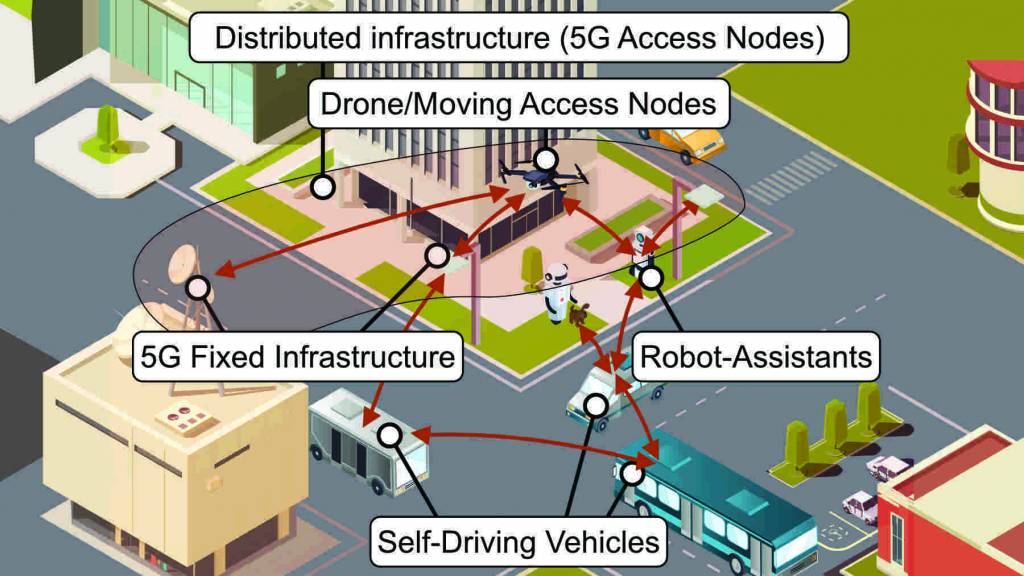
Enabling 5G NR with novel signal processing methods.
Our project aims at creating novel signal processing methods that allow the use of 5G system and 5G New Radio jointly as localization, communication, and radar system.
Project description
The use of autonomous robots in various industries, such as autonomous driving and industrial internet, is increasing at a steady pace. The global autonomous driving market is expected to grow to more than 150 billions EUR by 2035 and the shared mobility services will form more than 65% of this market. Also the industrial internet market is expected to rely on more than 60 billions connected devices by the next 5 years and it will require accurate and highly available positioning and sensing mechanisms to ensure integrated indoor-outdoor deployments of moving connected machines in 3D spaces. In order to reach ultra-reliable and low-latency wireless communications without a significant increase in the complexity, these autonomous systems of tomorrow need enhanced low-cost and low-energy-consumption solutions for autonomous localization, location-aware communications, and sensing, for example by re-using already available communication signals. Our project aims at creating novel signal processing methods that allow the use of 5G system and 5G New Radio jointly as localization, communication, and radar system. New methods for smart environmental sensing and situational awareness will be derived, targeting at a wide area of applications involving moving vehicles and robots. Our solutions will have multiple benefits for autonomous systems, such as smaller latency than achieved with existing solutions, increased availability of positioning, increased robustness to interferences, and improved situational awareness. By being able to sense also the passive objects or persons un-equipped with 5G chipsets, our solutions will increase the road safety and will provide timely alerts in a multitude of life-critical situations. Also, by our astute methods to better cope with various channel interferences and non-line of sight situations, there will be the possibility to decrease the needed transmit powers in 5G, and thus reducing the levels of radiation to human body, especially in mm-wave communications. The joint strong expertise of four teams at Tampere University and Aalto University is a guarantee to achieve groundbreaking results in 5G sensing, localization, and location-aware communications. Also, the project will open new international collaboration paths with academic and industrial collaborators from Sweden, Germany, and Spain
